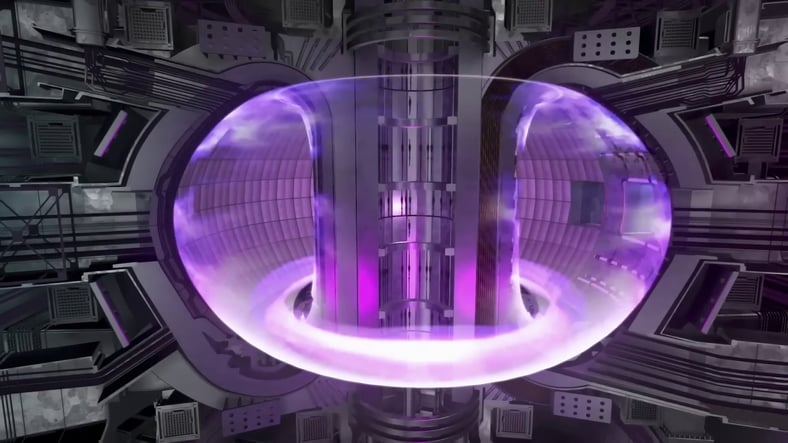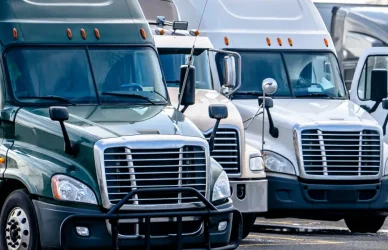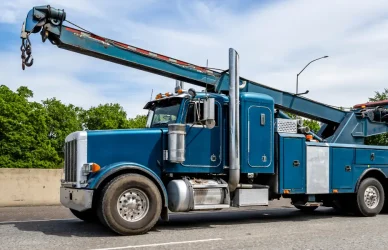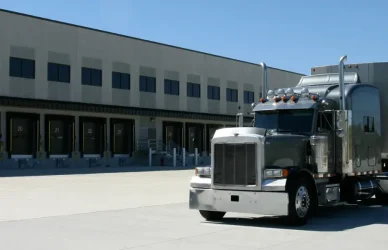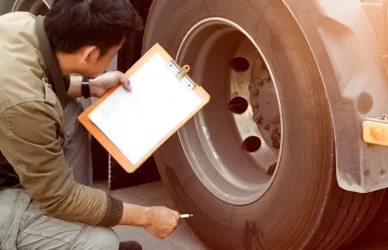Several recent studies have shown that policymakers who have passed emissions regulations that are requiring a speedy, if not hasty, transition to zero-emission class 8 vehicles, may have gotten ahead of themselves with these aggressive goals. Why? The U.S. is simply unprepared for this level of EV adoption, lacking the capacity to produce the required amount of power.
A seemingly futuristic nuclear breakthrough that occurred in early December could theoretically change this, however.
“It feels like a new era has started, the Wright Brothers moment of fusion,” said Heike Freund, CEO at a German fusion startup.
Lawrence Livermore National Laboratory reportedly achieved a net gain fusion reaction in its Southern California laboratories. This essentially means that the process produced more energy than was required to bring about the fusion. The breakthrough has the possibility of creating almost limitless zero-emissions electricity.
How could this affect freight transportation?
As California leads the charge to reduce diesel-generated air pollution, other states are expected to follow. The problem, however, according to recent assessment of the country’s electricity capabilities done by the American Transportation Research Institute (ATRI) is that the U.S. is currently lacking the necessary bandwidth to handle increased adoption of electric semi trucks.
“The study found that full electrification of the U.S. vehicle fleet would require a large percentage of the country’s present electricity generation. Domestic long-haul trucking would use more than 10 percent of the electricity generated in the country today — while an all-electric U.S. vehicle fleet would use more than 40 percent. Some individual states would need to generate as much as 60 percent more electricity than is presently produced,” an ATRI news release states.
Anika Stein, co-founder of German-American startup Focused Energy, agrees the laboratory success was the fusion “event of the century.” As with any breakthrough of this magnitude, significant research and development still needs to occur. While commercial applications of this technology may be more than a decade away, Stein and her colleagues are optimistic about the future of energy.
Stein was reportedly quoted saying, “The question is no longer whether it is possible to create energy with fusion. The question has shifted to how we can make fusion so efficient that we can operate a power plant with this technology.”


